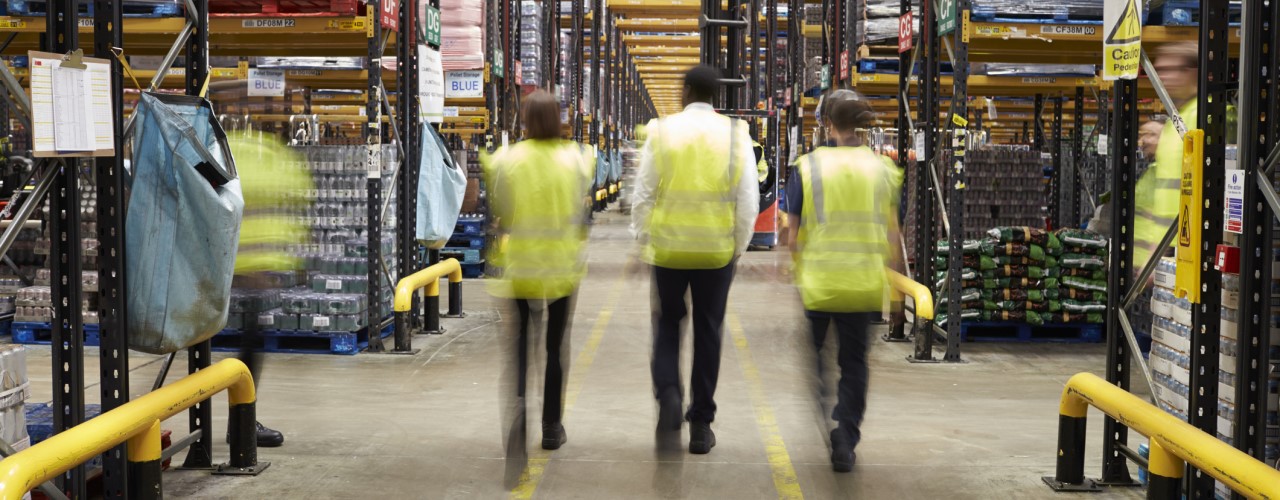How to improve warehouse productivity
Improving warehouse productivity may require taking a broader view of existing systems and processes, from the technology you’re employing to the health and safety procedures in place. Where are you currently wasting resources and incurring the highest costs and how could small changes be made to deliver a significant productivity boost?
Re-evaluate the way you use your space
Space is at a premium everywhere today and if you’re using your premises inefficiently or unsafely then you could be wasting resources. Research suggests that reorganising your space to use it more effectively can increase available storage by almost a third. For example, integrating vertical storage and pallet racking could make better use of space and create a safer working environment, accident and incident costs too. To boost productivity, audit your warehouse and work out how to use it more effectively, including increasing storage density and organising in a way that helps to improve staff performance.
Automate your key systems and processes
For example, many warehouse businesses benefit significantly from an automated inventory management system, especially as one survey found 65% of inventory records were inaccurate. An automated inventory management system will enable you to retain key perspective on stock, its location and availability. It provides data that can be used in warehouse reorganisation to ensure that picking processes are as efficient as they can possibly be. Other options, such as automated storage and retrieval systems, offer a range of productivity benefits that help to maximise space and optimise performance.
Be prepared for predictable change
Seasonal peaks and troughs can be difficult to tackle without preparation and can hit productivity hard. It’s important to ensure your warehouse is ready for predictable change, such as demand for seasonal products. That may mean moving specific items to a more accessible spot to improve picking productivity, increasing workforce or switching to automated systems to ensure that your business can cope with higher demand.
Use, track and analyse data
Particularly if you’re using automated systems, such as inventory management, it becomes much easier to get perspective on performance by tracking key metrics. This data can be used to boost productivity by revealing where there are currently performance issues and where efficiency could be optimised. Tracking key metrics is also a great way to motivate staff to be more productive – the most effective way to do this is to provide data as close to real time as possible. For example, daily feedback is likely to be much more motivational than reports that are delivered weekly.
Invest in a bespoke design for your space
Custom kitting your warehouse can have a number of advantages when it comes to productivity, including improving the way inventory is handled, optimising available space and ensuring that orders are fulfilled as quickly as possible. A custom designed space that integrates the needs of the business and the premises, and looks to add value wherever possible, can ensure maximum productivity simply as a result of the way the space is set up.
Improving warehouse productivity can have a positive impact right across the business – it’s an investment worth making and there are many different ways to make it happen.

Leave a comment